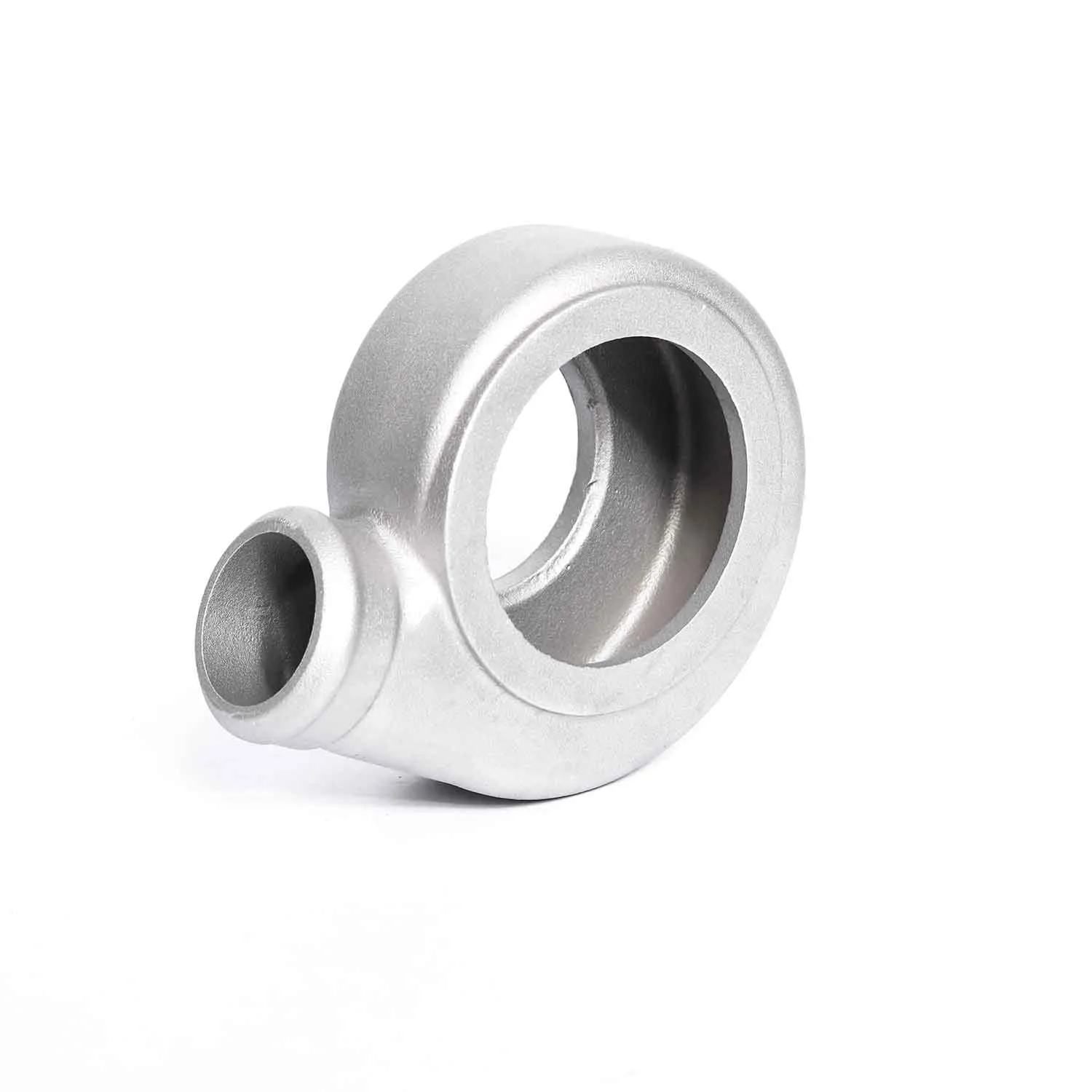Mobile:+86-311-808-126-83
Email:info@ydcastings.com
Innovative Water-Cooled Turbo Exhaust Housing for Enhanced Engine Performance and Efficiency
Water-Cooled Turbo Exhaust Housing Enhancing Performance and Efficiency
In the world of performance engineering, turbochargers play a crucial role in maximizing an engine’s power output. As vehicles evolve to meet stringent emission standards and deliver better performance, innovative solutions are being developed to enhance the efficiency of turbocharging systems. One such advancement is the water-cooled turbo exhaust housing. This technology not only improves the performance of turbochargers but also contributes to more reliable engine operation.
Understanding Turbocharging
Turbocharging is a method used to increase an engine's efficiency and power output by forcing extra air into the combustion chamber. This additional air allows for more fuel to be burned, resulting in greater power. However, turbochargers generate significant heat during operation, which can lead to performance loss, component damage, and increased emissions if not managed correctly. Traditionally, these heat issues were mitigated through various cooling techniques, but water cooling has emerged as the most effective solution.
The Principle of Water Cooling
Water cooling works by circulating coolant around the turbo housing, dissipating heat away from critical components. Unlike air cooling, which relies on ambient temperatures and airflow, water has a higher heat capacity, allowing it to absorb and transfer heat more efficiently. By utilizing a water-cooled design, turbo exhaust housings can maintain optimal operating temperatures, enhancing performance and longevity.
Benefits of Water-Cooled Turbo Exhaust Housing
1. Improved Thermal Management The primary advantage of a water-cooled setup is its ability to manage heat effectively. By maintaining lower temperatures, the risk of heat soak—which can lead to performance degradation—is minimized. This is particularly important in high-performance applications where consistent power output is essential.
2. Enhanced Turbo Response Keeping the turbocharger cooler allows it to spool up more quickly, leading to improved throttle response. Drivers benefit from a more immediate power delivery, enhancing the overall driving experience, especially in dynamic driving situations.
water cooled turbo exhaust housing

3. Reduced Turbo Lag Turbo lag, the delay between pressing the accelerator and experiencing power, can be significantly reduced with proper cooling. The quick response time afforded by water cooling means that drivers feel the benefits of forced induction without the frustrating wait.
4. Prolonged Component Life Excessive heat can lead to premature wear and failure of turbo components. Water-cooling mitigates this issue, resulting in not only longer turbocharger life but also reducing the likelihood of catastrophic engine failures linked to turbo overheating.
5. Cleaner Emissions With better thermal management, engines can burn fuel more efficiently, resulting in reduced emissions. Efficient combustion and lower exhaust temperatures contribute to compliance with increasingly stringent environmental regulations.
Challenges and Considerations
Despite its numerous benefits, integrating a water-cooled turbo exhaust housing into an engine system does come with challenges. For example, the added complexity of a cooling system requires an appropriate design that includes water lines and a coolant reservoir. This integration can necessitate modifications to existing engine layouts, and thus, may involve additional costs and engineering efforts.
Moreover, while water cooling is beneficial, it must be monitored closely to ensure that the system remains leak-free and operates efficiently. Proper maintenance is essential to avoid issues such as coolant loss or contamination, which could negate the benefits of the system.
Conclusion
The development of water-cooled turbo exhaust housings represents a significant advancement in turbocharger technology. By effectively managing heat, improving response times, and extending component life, this innovation not only enhances engine performance but also contributes to environmental sustainability. As manufacturers continue to focus on performance and efficiency, water cooling systems are likely to become a standard feature in the next generation of turbocharged vehicles, further bridging the gap between power and responsible engineering.
-
Understanding Metal Casting TechniquesNewsApr.02,2025
-
Understanding Exhaust Manifolds for Enhanced Engine PerformanceNewsApr.02,2025
-
The World of Metal FabricationNewsApr.02,2025
-
Key Components for Pump and Turbo EfficiencyNewsApr.02,2025
-
Essential Tools for Automotive Maintenance and RepairNewsApr.02,2025
-
Durable Valve Components for Effective Water ManagementNewsApr.02,2025











